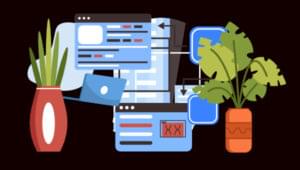Tuning your Linux server can mean many things to many people. A portion of tuning is about security, insuring the configurations of the ftp, mail, ssh and web servers are properly setup to enable access and interaction with your server while tightening the belt for those who may be browsing through for potential back doors.
However, an important part of tuning is also making sure only the necessary services are running on your server to maximize the memory, processor and disk space you have available.
In an upcoming column I discuss Webmin (http://www.webmin.com), which is the premier open source graphical user interface for Linux server administration (and Solaris and numerous Unix-flavors). It is also an excellent tool for tuning Linux servers as it provides root access to bootup and shutdown configuration scripts as well as all of the critical web environment servers used.
For example, if you manage a dedicated server for your web hosting customers, a look via Webmin at the Bootup items (those that are slated for startup on each boot of the system) may reveal several unecessary services running. You can disable CUPS (for *nix printing), NFS and Samba, as well as any application servers you are not using.
On one of my servers, we found Interbase, PostgreSQL and MySQL all starting at boot, however, we only needed MySQL for this machine. By disabling those and additional services (ldap, named and snmpd), we saw an increase in available RAM at 15%. That can vastly improve performance when loads from database processing are a key part of your sites.
As noted earlier, security is also important in tuning, and Webmin provides easy access to INETD or XINETD for tightening which internet services and protocols are running (such as echo, finger, rlogin, rsync, telnet and so on). The protocols for ftp and pop are here as well, so disabling the daemon all together does not work.



































































































